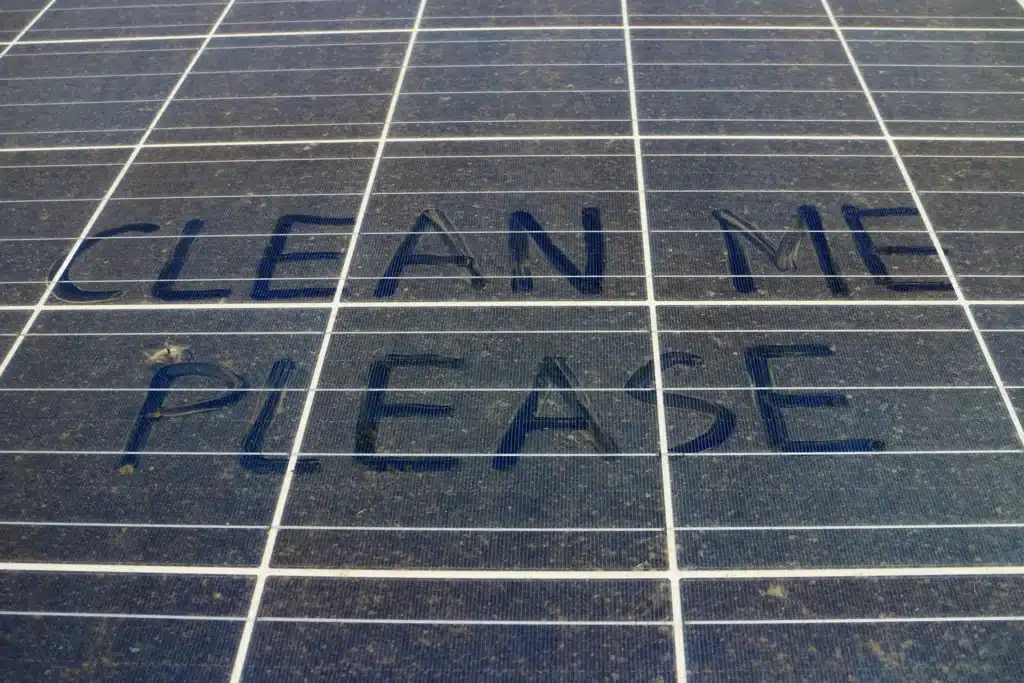A team of German engineers may have solved the problem of cleaning solar panels by developing an ultra-thin coating that makes them self-cleaning. Solar is the largest source of renewable energy and is growing steadily. Among its limits, however, that of scalability: the panels collect dust. Cleaning millions of them is terribly difficult and expensive, whether robotic or (worse I feel) manual solutions. The new coating developed by the Fraunhofer institutes in Germany it represents a step forward towards the creation of "ideal" solar panels, capable of cleaning themselves.
How does self-cleaning solar panel coating work?
The Fraunhofer team He developed a coating that changes its response to water based on the time of day, allowing for easy removal of dust and dirt. The key to this process is thetitanium oxide, which usually repels water causing it to form micro droplets that slide off easily. However, when exposed to UV light, it changes state and becomes highly attractive to water, keeping the surface wet. In practice: panels that capture dirt, then make it slide away with water. In a word: self-cleaning panels.
And that's not all: when activated with UV light, titanium oxide destroys organic molecules, effectively sterilizing the surface.

The roadmap to mass production
As if its already impressive features weren't enough, the newly developed coating can be mass-produced roll-to-roll. For the uninitiated, it's a roll printing process: yes sir, rolls of self-cleaning coatings to be applied to solar cells, windows and other existing surfaces.
During the tests, engineers built a first, small pilot plant to produce “rolls” of thin glass with titanium oxide coating, which is up to 150 nanometers thick. However, as you might imagine, as thin as glass is, it is fragile and vulnerable to heat, so Fraunhofer's efforts are now focused on using polymer films.
We are close to an important advance in the field of PV: self-cleaning panels mean more efficient panels, less subject to bad weather or (for example) to arid and dusty desert environments, where many mega-plants could arise. We will follow all the developments of this research.


